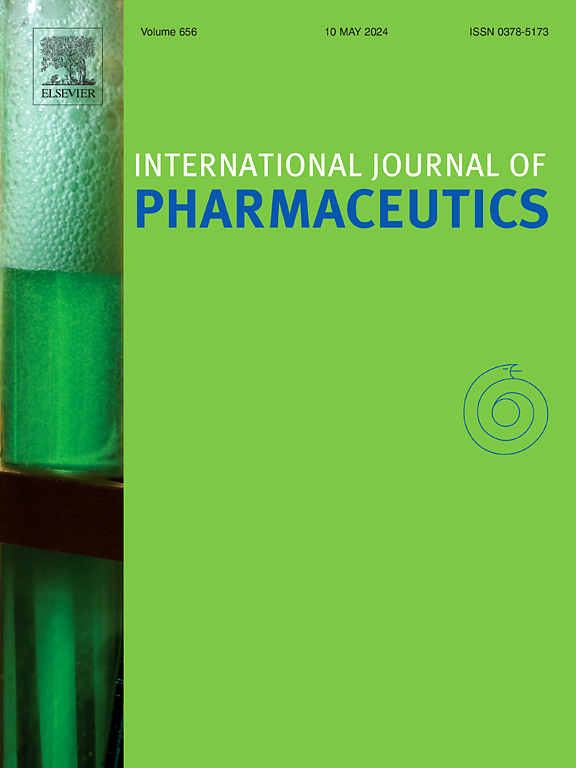Model-Supported dissolution methods for Modified-Release Products: Enteric-coated versus extended-release ketoprofen tablets
IF 5.3
2区 医学
Q1 PHARMACOLOGY & PHARMACY
引用次数: 0
Abstract
Drug product development is often a challenging endeavor. However, model-supported dissolution test design trained by appropriate in silico models can lead to considerable reduction in the risk of failure. Dissolution models have revealed that dissolution of poorly soluble ionizable pharmaceutical particles is slower in biorelevant bicarbonate than compendial buffers. The reason is bicarbonate’s lowered effective pKa (pka,eff), as a consequence of comparable reaction and diffusional times during dissolution. This is not necessarily the case when the drug is formulated as a controlled-release dosage form. In this paper, we explored the differences in dissolution between enteric coated (EC) and extended release (XR) ketoprofen formulations. In vitro dissolution was studied in low molarity buffers to mimic the lowered intestinal bicarbonate pka,eff, while their biorelevance was confirmed through in vivo comparative bioavailability studies. Both dissolution in low molarity phosphate and in vivo absorption profiles of EC tablets were sensitive to their coating polymer material. Similarly, XR in vitro dissolution in low molarity media showed discrepancies between formulations, caused by dibasic calcium phosphate in one formulation. Conversely, those in vitro differences were not relevant after the in vivo testing. Mechanistic insights from mass/charge balance modelling suggested that slower diffusional times and small liquid-to-solid ratio in XR dosage forms allow bicarbonate reactions to reach their equilibrium. This results in an enhanced buffer capacity, which was not matched by in vitro low molarity media. Therefore, improvement in biopredictivity of XR dosage forms can be achieved by performing dissolution experiments at high rather than low buffer molarities.

求助全文
约1分钟内获得全文
求助全文
来源期刊
CiteScore
10.70
自引率
8.60%
发文量
951
审稿时长
72 days
期刊介绍:
The International Journal of Pharmaceutics is the third most cited journal in the "Pharmacy & Pharmacology" category out of 366 journals, being the true home for pharmaceutical scientists concerned with the physical, chemical and biological properties of devices and delivery systems for drugs, vaccines and biologicals, including their design, manufacture and evaluation. This includes evaluation of the properties of drugs, excipients such as surfactants and polymers and novel materials. The journal has special sections on pharmaceutical nanotechnology and personalized medicines, and publishes research papers, reviews, commentaries and letters to the editor as well as special issues.

 求助内容:
求助内容: 应助结果提醒方式:
应助结果提醒方式:


